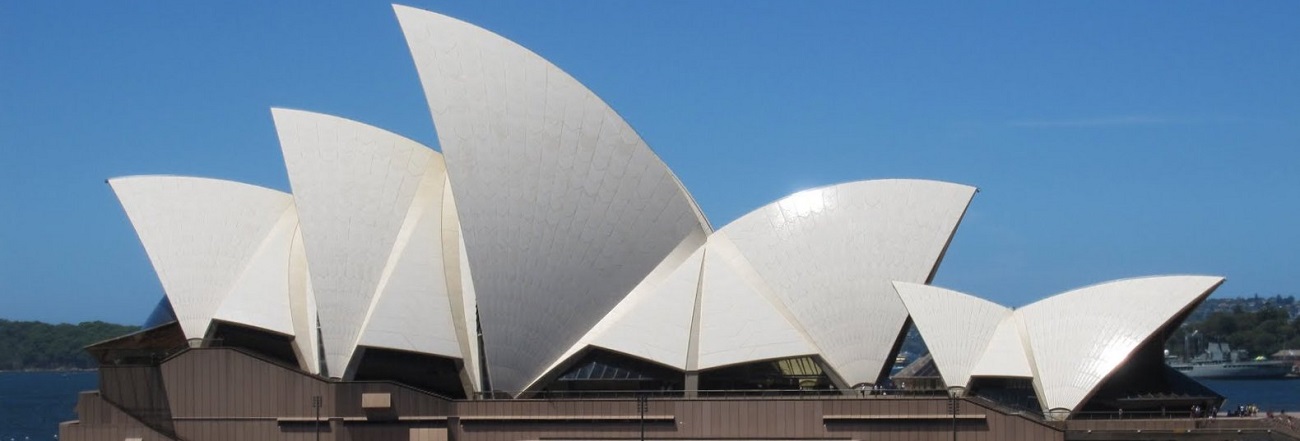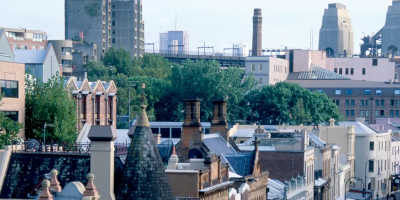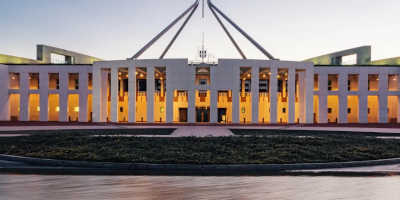
The History Behind Sydney’s Opera House
Written by: Cameron Ward
Published: 10/06/2014
Reading time: 3 mins
Dubbed as one of the most recognisable modern landmarks in the entire world!
The iconic opera house has been at the heart of Sydney’s skyline for over forty years. The majestic shell structures sparkles in the morning sun and the cream colours seem to billow like a sail over the glorious harbour spot. The Sydney Opera House is such a feat of architectural vision and creativity that it was awarded the prestigious recognition of being a UNESCO world heritage site in 2007.
Competition Time
With Sydney being a thriving cultural capital, it was decided back in 1954 that the usual artistic hub of the Sydney Town Hall was simply not large enough to host the growing trend of concerts, theatre and ballet productions. Joseph Cahill launched an international competition for architects across the far-flung globe to design something to sweep the city of its feet. Out of the 233 different designs submitted, Jorn Utzon won, who was an unknown Danish architect who put pen to paper and despite being cut from the competition at an earlier stage. Luckily he went on to win after his entry was rescued from the reject pile due to his unique sail-like roof structure winning the hearts of the judges.
Blood, Sweat and Tears
Work started on the Sydney Opera House in 1959 and it took over ten thousand builders and fourteen years to be completed. The grand design was initially set to cost 7 million dollars but actually reached over a hundred million dollars before Queen Elizabeth II cut the ribbon to declare it open on the 20th of October in 1973.
The Opera House’s roof took over 1 million tiles to create, all ranging in shape and size with some weighing up to 15,000 kilograms. The tiles were all made in Sweden, each alternating in shape as they rise from a T shape to a Y, to finally a U. They act as replacements to columns, as they support the weight of the structure, making it known as the biggest column-free chamber in the entire world, with the highest roof shell measuring the equivalent to a 22-story building.
Rising Tensions and Reconciliation
Unfortunately by this point relations with Utzon had turned sour as tensions over the rising budget and the revisions needed caused a rift to rise between the design team and the minister for public works. Utzon left the project in 1966 and wasn’t there to watch the unveiling of his grand design upon completion. Local architect Peter Hall stepped in to guide the project to the end in 1967. In 1999 the Sydney Opera House Trust reached out to reconcile with Utzon and the first interior room designed by Utzon was renamed to honour his work.
Outstanding Universal Value
Since then the Sydney Opera House has hosted thousands of events from high class operas to film screenings, ballet performances, and theatrical productions and even played host to the triathlon in the Olympics. With no less than three thousand events annually and with two hundred thousand tourists wandering the halls on guided tours every year it is no wonder that the Sydney Opera House is deemed one of the most important landmarks in the whole of Australia.









